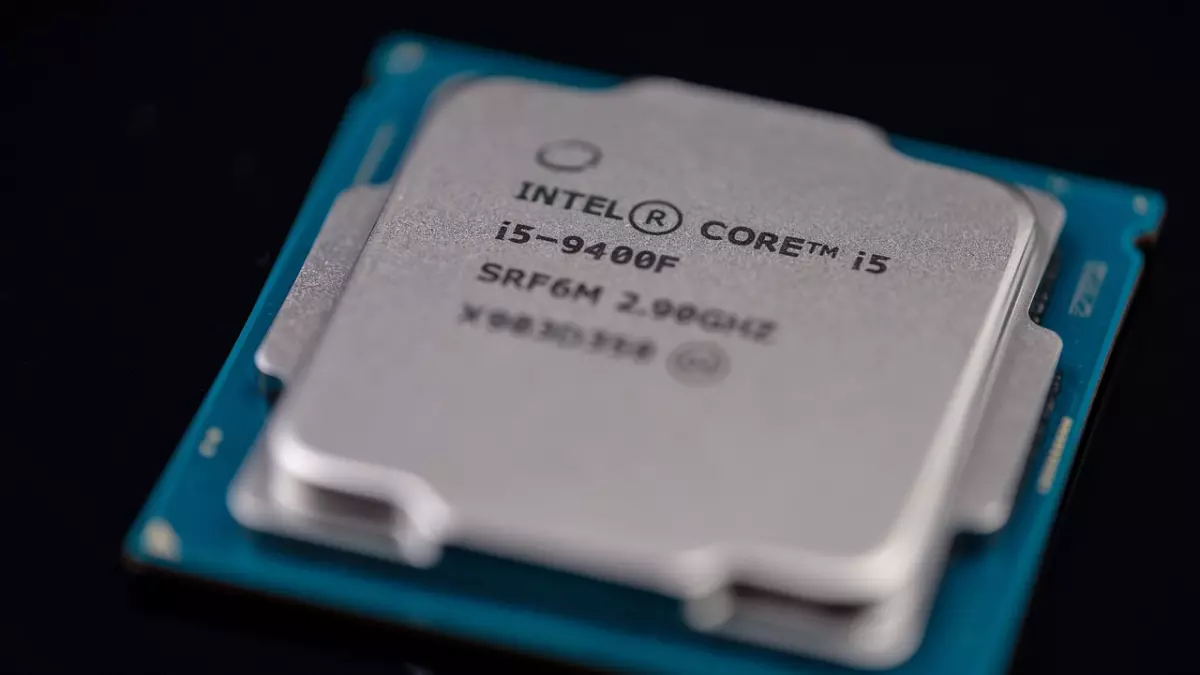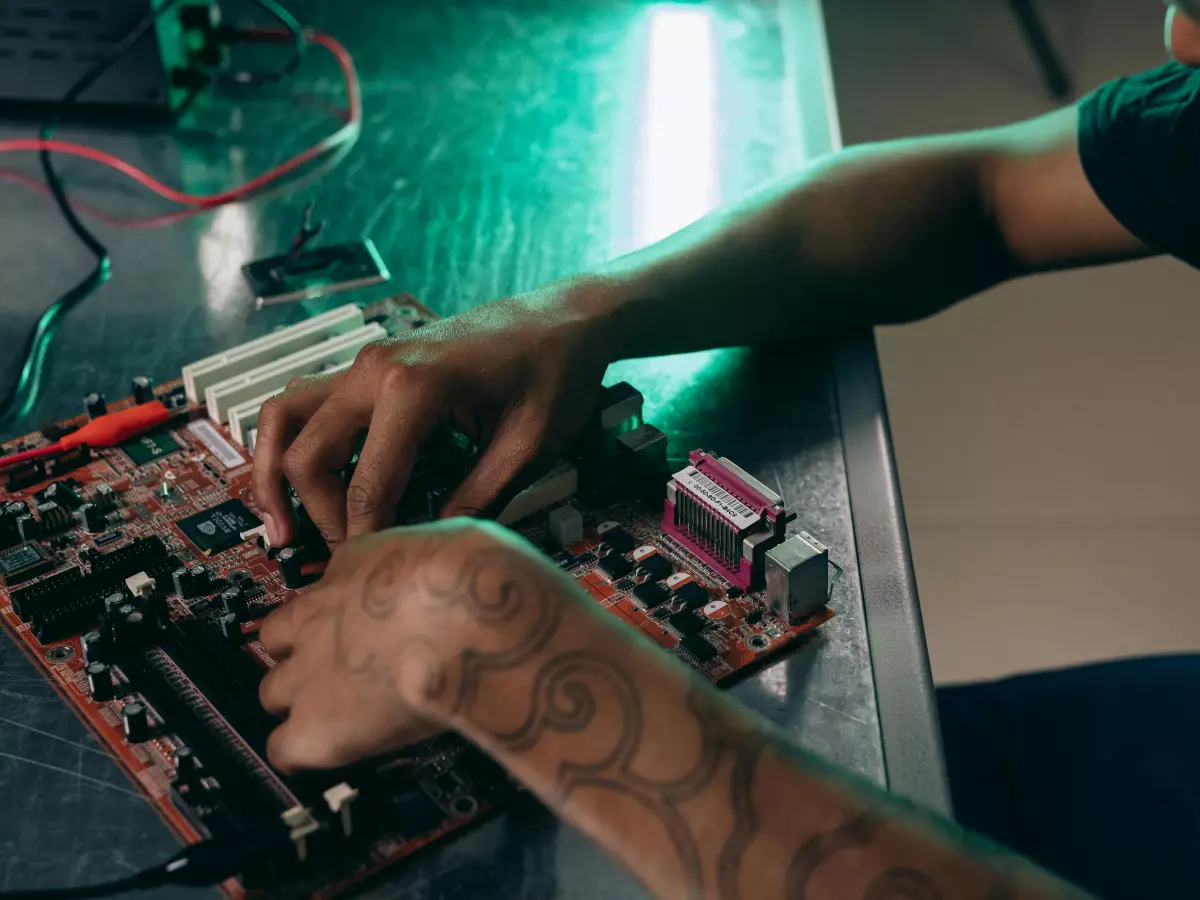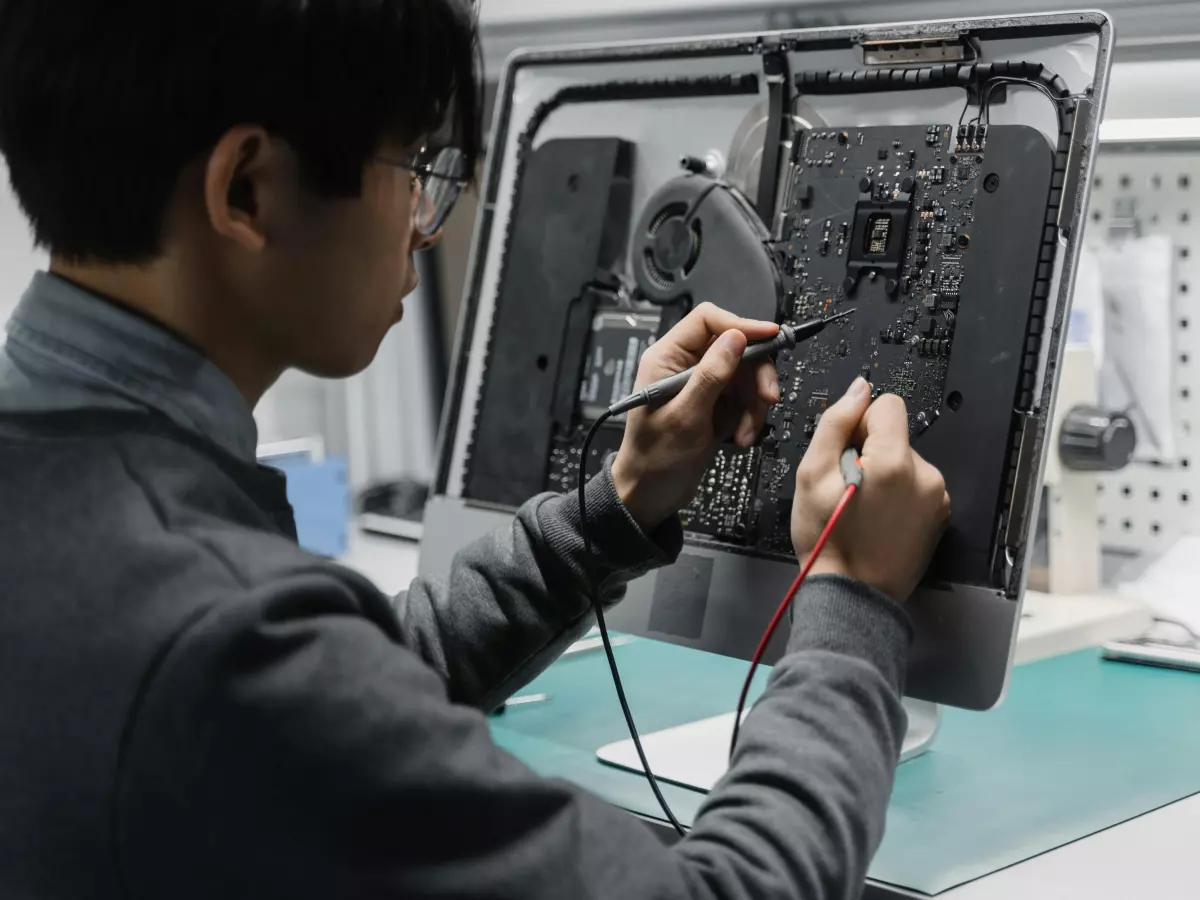Intel's Lunar Lake Chips: The Future of Mobile Computing
Intel has unveiled its latest mobile processor series, the Intel Core Ultra 200 series, also known as Lunar Lake, promising significant advancements in performance, battery life, and AI capabilities.

By Emily Wong
Intel's Lunar Lake processors, introduced at an event in Berlin ahead of IFA 2024, mark a significant leap forward in mobile computing. These new chips are designed to outperform both AMD and Qualcomm in the increasingly competitive thin-and-light laptop market.
With Lunar Lake, Intel has rebuilt its microarchitecture from the ground up, focusing on energy efficiency without compromising on performance. The result is a processor that offers a substantial performance-per-thread improvement over its predecessor, Meteor Lake.
Unmatched Performance and Efficiency
One of the standout features of Lunar Lake is its ability to deliver high performance at lower power levels. For instance, an 8-core single-threaded Lunar Lake chip running at 20W can match the performance of a 22-core multi-threaded Meteor Lake chip. This is a testament to the tripled performance-per-thread that Lunar Lake offers.
On the graphics front, Intel has integrated its new Xe2 graphics cores, which promise up to 50% better performance than the previous generation. This includes enhanced real-time ray tracing capabilities, making it possible to play ray-traced PC games at 1080p on low to medium settings using an integrated GPU.
AI performance is another area where Lunar Lake shines. The chip's NPU can handle up to 48 trillion operations per second (TOPS), outpacing Qualcomm's Snapdragon X Elite chip. This makes Lunar Lake particularly well-suited for AI-driven applications like Adobe Lightroom and GIMP's Stable Diffusion plug-in.
All-Day Battery Life and Beyond
Battery life has often been a trade-off in high-performance laptops, but Intel aims to change that with Lunar Lake. The company claims that laptops powered by these chips can achieve up to 20.1 hours of battery life, a significant improvement over previous Intel-based laptops.
While these claims are yet to be independently verified, they suggest that Intel is making a strong bid to reclaim its dominance in the laptop market, particularly as competition from AMD and Qualcomm intensifies.
A Crucial Moment for Intel
Intel's Lunar Lake launch comes at a critical time for the company, which has faced challenges including layoffs and cost-cutting measures. With AMD and Qualcomm already making strides in the AI laptop market, Intel's success with Lunar Lake could be pivotal in maintaining its leadership position.
If Intel can deliver on its promises, Lunar Lake could not only help the company retain its market share but also provide a much-needed boost as it heads into 2025, where competition is expected to be even fiercer.
Ultimately, the real winners in this battle of the chipmakers are the consumers, who can look forward to more powerful, efficient, and AI-capable laptops in the near future.





